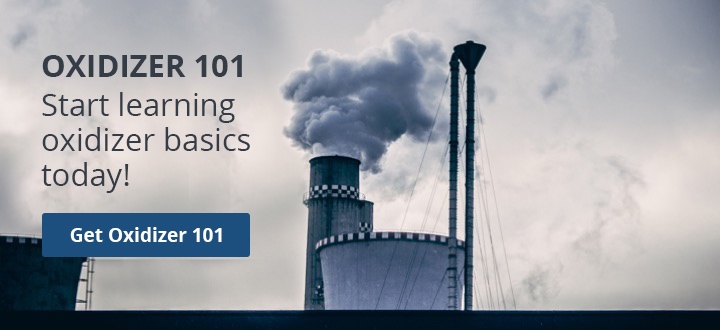Reconditioning and Refurbishing Used Containers VOC Control
 In addition to the production of new drums, there is a significant market for the reconditioning or refurbishing of used containers. These reconditioned steel drums offer an environmentally and cost-effective alternative to the marketplace. The cleaning and reconditioning processes include several steps where the application of air pollution control may also be required to address VOCs, HAPs, and odors.
In addition to the production of new drums, there is a significant market for the reconditioning or refurbishing of used containers. These reconditioned steel drums offer an environmentally and cost-effective alternative to the marketplace. The cleaning and reconditioning processes include several steps where the application of air pollution control may also be required to address VOCs, HAPs, and odors.
Reconditioning Process
Industrial Container and Drum Cleaning (ICDC) facilities clean and recondition metal and plastic drums and intermediate bulk containers (IBCs) for resale, reuse, or disposal. The reconditioning process includes the cleaning, restoring, testing, and certifying of industrial containers which may have previously contained materials such as paints, resins, tars, adhesives, oils, soaps, solvents, cleaners, or related materials. The interiors and exteriors of the drums are cleaned and reconditioned to prevent contamination of materials from one cargo shipment to the next and to ensure the integrity of the containers.
Industrial container and drum cleaning (ICDC) and reconditioning may include the following processes where VOCs and odors may be emitted:

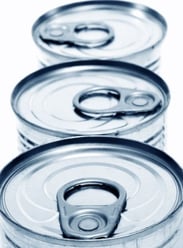
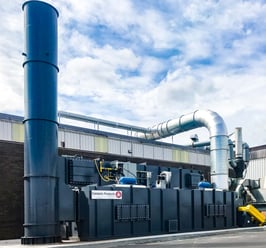
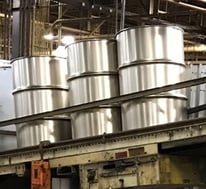 container known as a drum, also referred to as a barrel. These drums are used to transport thousands of different
container known as a drum, also referred to as a barrel. These drums are used to transport thousands of different
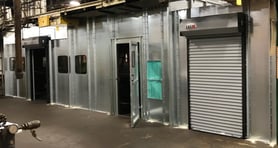 Capture Systems
Capture Systems


